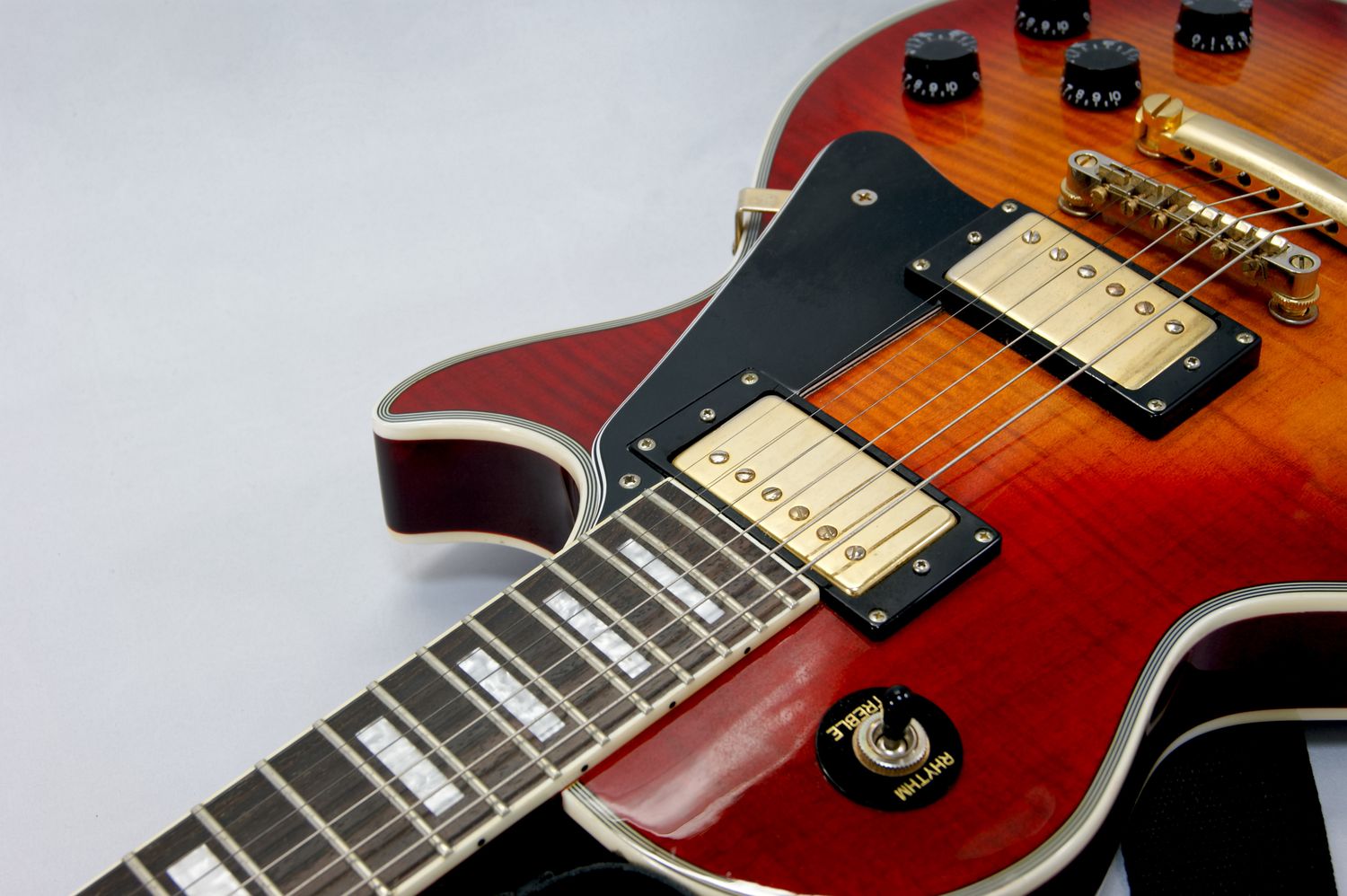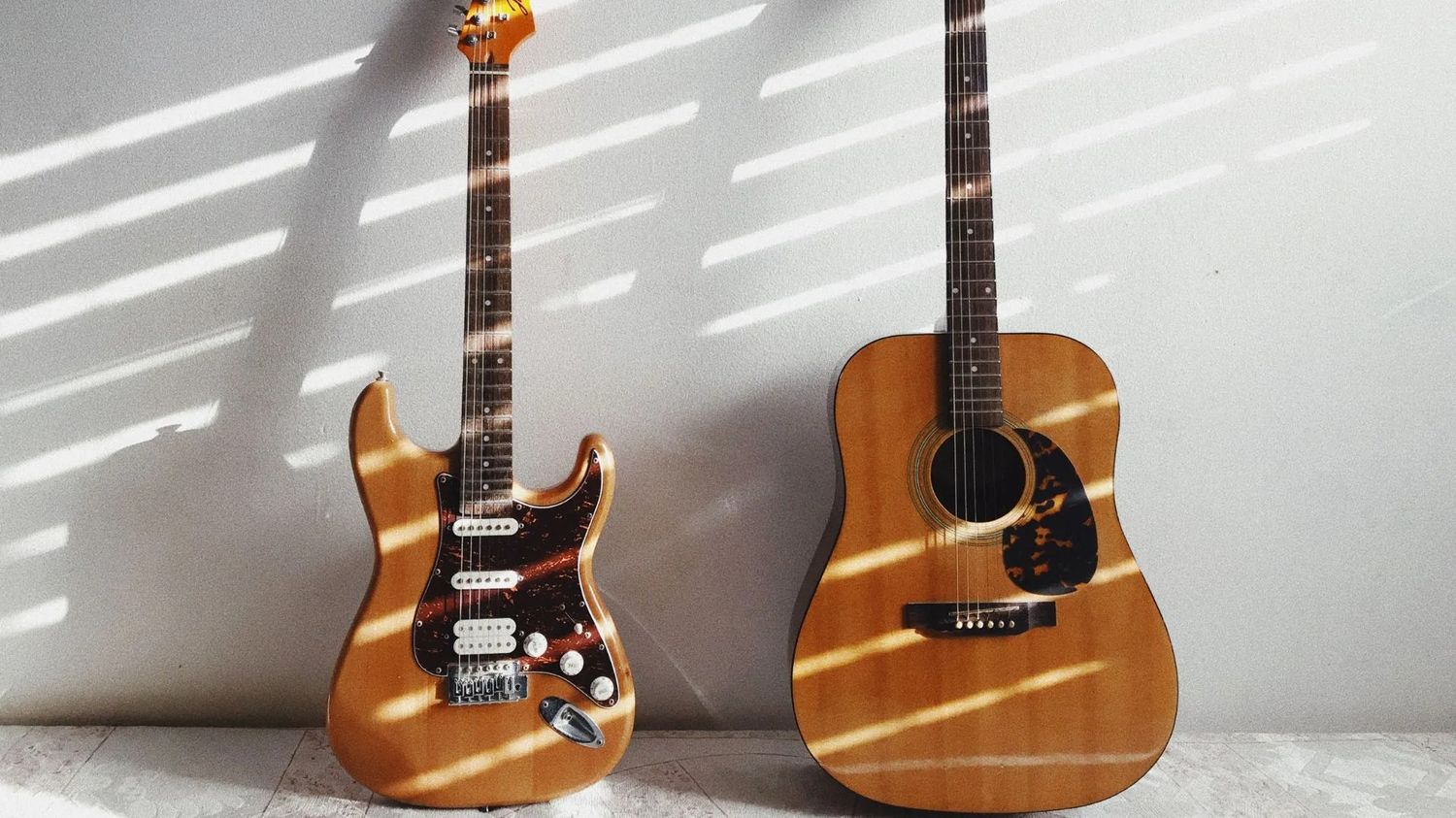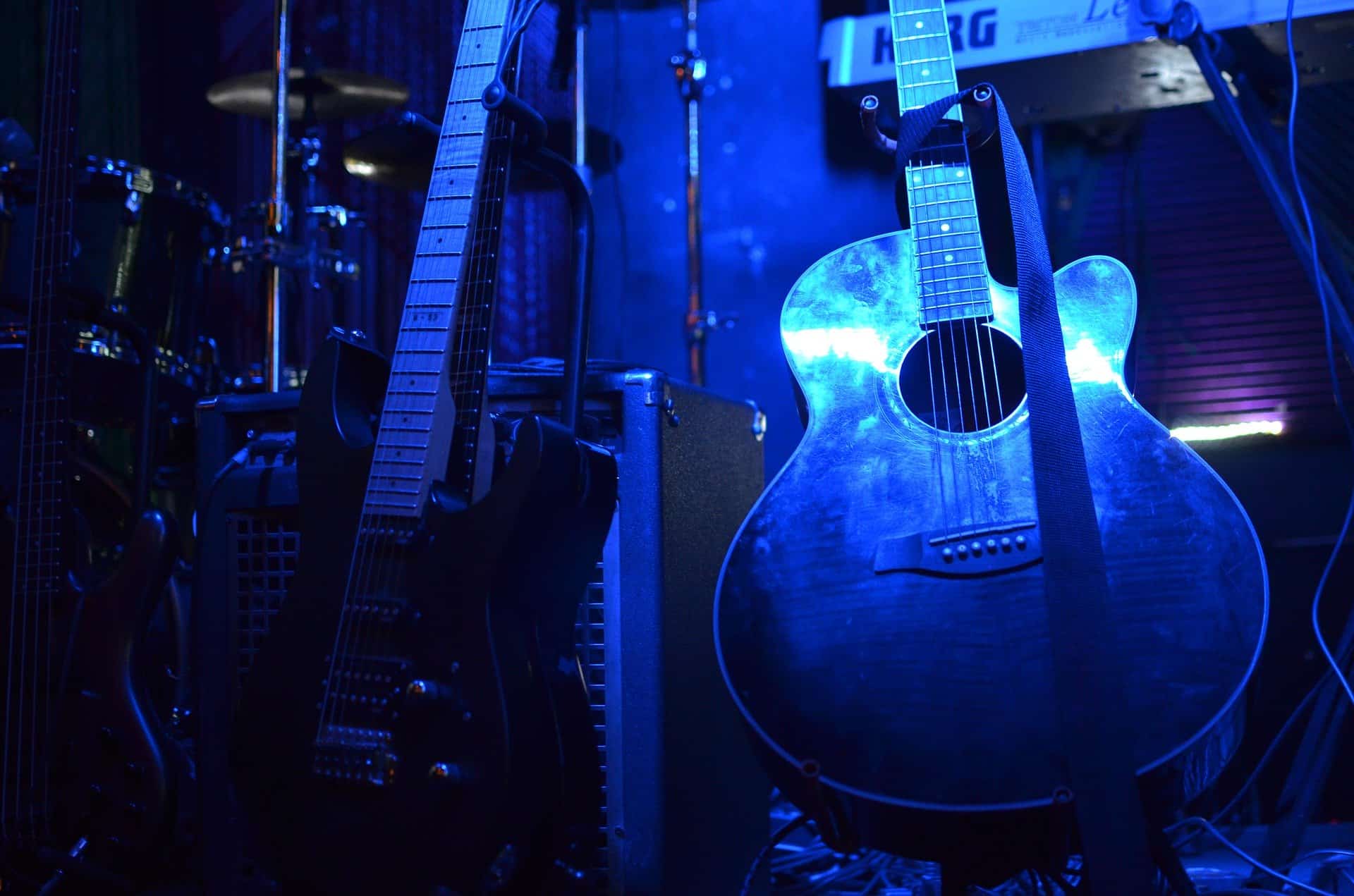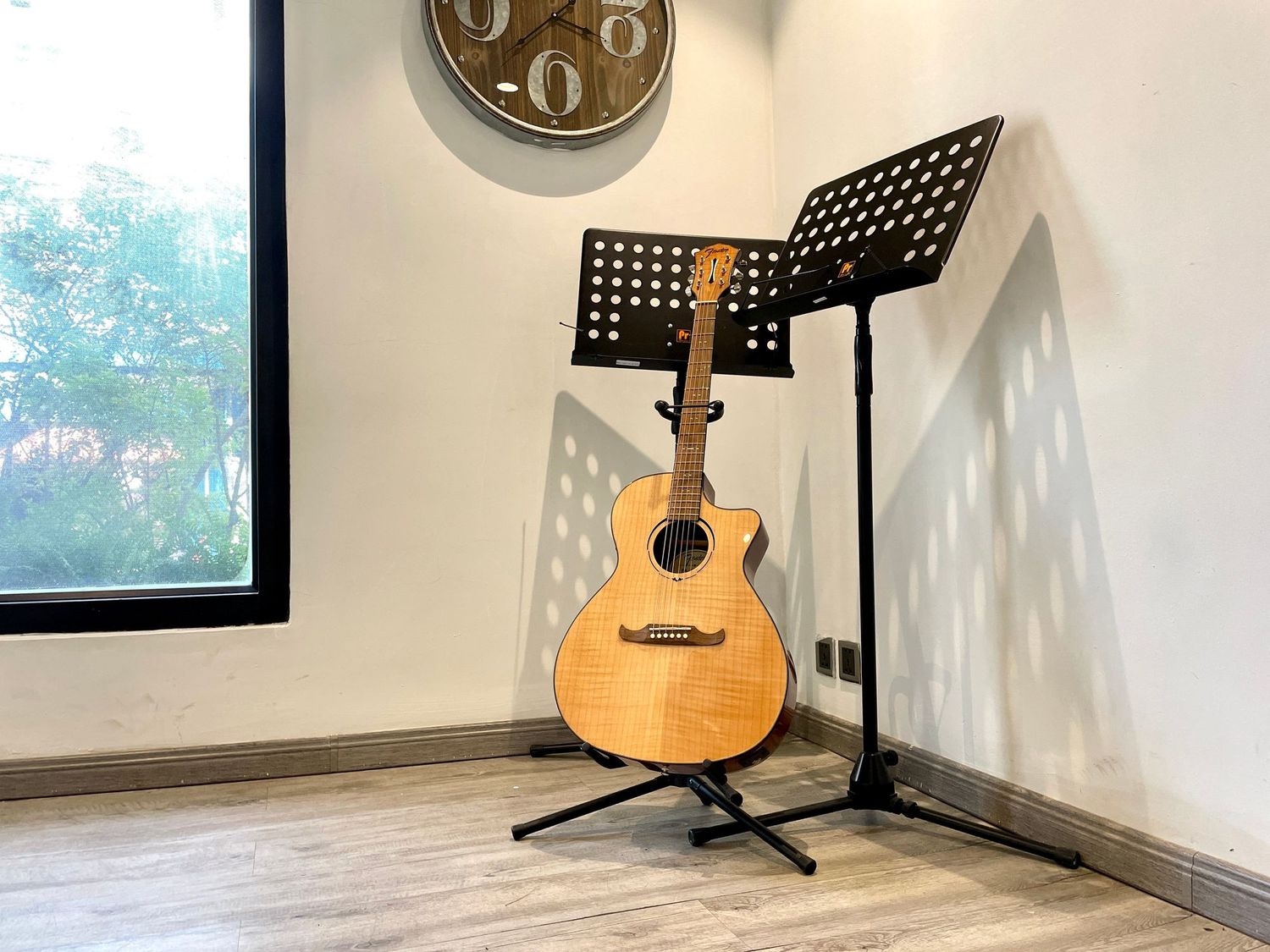Home>Instruments>Guitar>How To Wire An Electric Guitar
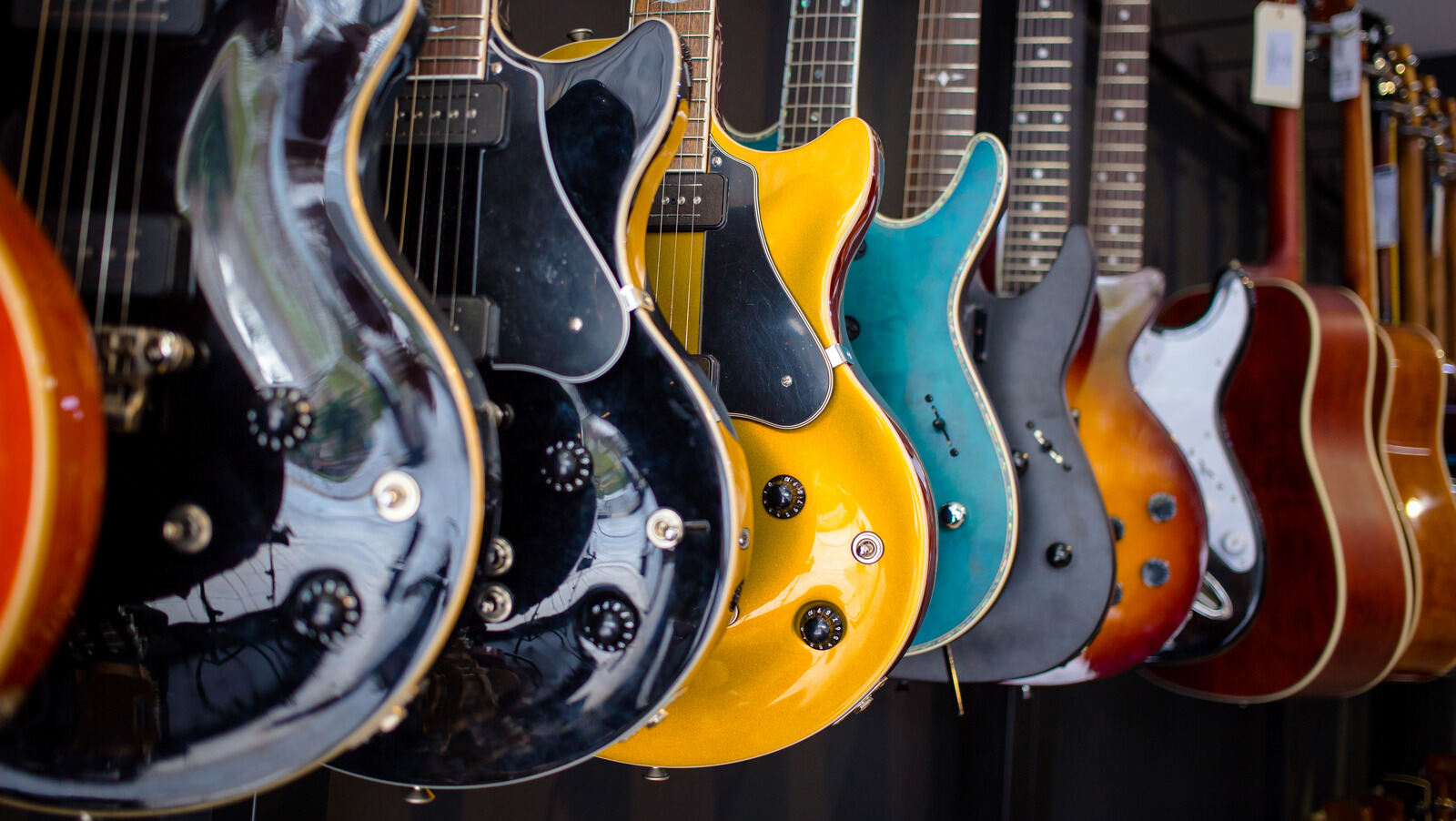

Guitar
How To Wire An Electric Guitar
Published: February 14, 2024
Learn how to wire an electric guitar with step-by-step instructions and tips. Master the art of guitar wiring and customization.
(Many of the links in this article redirect to a specific reviewed product. Your purchase of these products through affiliate links helps to generate commission for AudioLover.com, at no extra cost. Learn more)
Table of Contents
Introduction
Electric guitars are marvels of engineering and artistry, producing iconic sounds that have shaped the landscape of modern music. The wiring of an electric guitar is a crucial aspect of its construction, as it directly influences the instrument's tone and playability. Whether you're a seasoned luthier or an aspiring guitar enthusiast, understanding how to wire an electric guitar is a valuable skill that can empower you to customize your instrument to suit your unique sonic preferences.
In this comprehensive guide, we will delve into the intricacies of wiring an electric guitar, providing step-by-step instructions and valuable insights to demystify the process. From the essential tools and materials to the meticulous soldering techniques, we will cover every aspect of the wiring process, empowering you to embark on this rewarding endeavor with confidence.
As we embark on this journey, it's important to approach the task with a blend of precision and creativity. While the technical aspects of wiring demand attention to detail, there's also an element of artistic expression involved. The choices you make during the wiring process can significantly impact the guitar's sound and performance, allowing you to tailor it to your unique style and sonic preferences.
Whether you're aiming to rewire an existing guitar, customize a new instrument, or gain a deeper understanding of guitar electronics, this guide will equip you with the knowledge and skills needed to wire an electric guitar effectively. So, grab your soldering iron, unleash your creativity, and let's dive into the fascinating world of electric guitar wiring.
Tools and Materials
Before diving into the wiring process, it’s essential to gather the requisite tools and materials to ensure a smooth and efficient workflow. Here’s a comprehensive list of the items you’ll need:
- Soldering Iron: A quality soldering iron with adjustable temperature settings is essential for precise and reliable connections.
- Solder: High-quality electronic solder with a rosin core promotes efficient and durable solder joints.
- Wire Strippers: These tools enable you to strip the insulation from the wires with accuracy, preparing them for soldering.
- Wire Cutters: Sharp wire cutters facilitate clean and precise trimming of the wires to the required lengths.
- Multimeter: A multimeter is indispensable for testing continuity, ensuring that the connections are secure and functional.
- Desoldering Pump or Wick: In the event of errors, these tools allow for the removal of excess solder and components without damaging the guitar’s electronics.
- Electrical Tape: High-quality electrical tape provides insulation and protects the soldered connections from external elements.
- Components: Depending on the specific wiring modifications or upgrades you intend to make, gather the necessary electronic components such as potentiometers, capacitors, switches, and pickups.
- Wiring Diagram: A clear and accurate wiring diagram specific to your guitar model is indispensable for understanding the layout and connections.
- Workstation: Ensure a well-lit and organized workspace with a stable surface to facilitate precision and focus during the wiring process.
By ensuring that you have these tools and materials at your disposal, you’ll be well-equipped to embark on the electric guitar wiring journey with confidence and efficiency. With the essentials in hand, you’re ready to move on to the next steps in the wiring process.
Wiring Diagram
A wiring diagram serves as a visual roadmap that outlines the intricate network of connections within an electric guitar’s electronic circuitry. It provides a clear and detailed illustration of how various components such as pickups, potentiometers, capacitors, switches, and output jacks are interconnected. Before commencing the wiring process, obtaining or creating an accurate wiring diagram specific to your guitar model is paramount.
When acquiring a wiring diagram, ensure that it corresponds to the exact configuration of your guitar, as wiring layouts can vary significantly between different models and manufacturers. Many guitar manufacturers and aftermarket suppliers offer wiring diagrams for popular guitar models, making it relatively convenient to obtain the necessary reference for your specific instrument.
Alternatively, if you’re venturing into custom wiring configurations or modifications, creating a personalized wiring diagram may be necessary. This involves meticulously documenting the existing wiring layout, planning the desired modifications, and illustrating the new connections to reflect the intended changes. Software tools or even hand-drawn diagrams can be utilized to create clear and comprehensive wiring schematics tailored to your unique wiring goals.
By comprehensively understanding and referencing the wiring diagram throughout the wiring process, you can ensure precise and accurate connections, minimize errors, and troubleshoot any potential issues effectively. The wiring diagram serves as a crucial visual aid that empowers you to navigate the intricate web of connections within the guitar’s electronic circuitry, ultimately facilitating a successful and rewarding wiring endeavor.
Preparing the Components
Before diving into the intricacies of soldering and wiring, it’s crucial to prepare the electronic components that will form the backbone of your electric guitar’s circuitry. This stage involves meticulous inspection, organization, and, if necessary, modification of the components to ensure seamless integration into the guitar’s existing or modified wiring setup.
Start by carefully examining each component, including potentiometers, capacitors, switches, pickups, and output jacks, to verify their functionality and condition. Ensure that the components are free from any defects, such as loose connections, damaged terminals, or faulty elements, as these issues can compromise the overall performance and reliability of the guitar’s electronics.
Next, organize the components based on their designated locations within the guitar’s control cavity or pickguard. This strategic arrangement streamlines the wiring process and minimizes confusion during installation. Additionally, if you’re implementing modifications or upgrades, such as installing new pickups or switching to higher-quality potentiometers, ensure that the components are compatible with the guitar’s existing infrastructure.
If modifications are on the agenda, such as installing new pickups or upgrading capacitors, this is the opportune time to make any necessary adjustments to the components. For instance, adjusting the pickup height to achieve optimal balance and tonal characteristics or selecting capacitors with specific values to tailor the guitar’s tone to your preferences can significantly enhance the instrument’s sonic versatility.
By meticulously preparing and organizing the electronic components, you set the stage for a streamlined and efficient wiring process. This proactive approach not only facilitates the physical installation of the components but also paves the way for a more coherent and focused wiring experience, ultimately contributing to the overall performance and sonic potential of your electric guitar.
Soldering the Components
Soldering is a fundamental skill in the realm of electric guitar wiring, serving as the primary method for creating secure and reliable electrical connections between components. Whether you’re installing new pickups, rewiring the control layout, or implementing custom modifications, mastering the art of soldering is essential for achieving a professional and durable wiring outcome.
Begin by ensuring that your soldering iron is heated to the appropriate temperature for electronic soldering, typically between 600°F and 700°F (315°C and 370°C). This temperature range facilitates the efficient flow and bonding of the solder without causing damage to the components or the guitar’s electronics.
When soldering components such as potentiometers, switches, or output jacks, it’s crucial to create clean and robust connections. Start by tinning the component terminals and the corresponding wires, applying a small amount of solder to each surface to facilitate the subsequent joining process. Tinning helps to prevent cold solder joints and promotes effective heat transfer during the final soldering stage.
As you proceed to solder the components together, ensure that the soldering iron tip and the solder come into direct contact with the joint, not just the wire or terminal. This approach promotes efficient heat transfer, allowing the solder to flow and create a strong bond between the components. It’s essential to avoid excessive solder, as this can lead to bridging between adjacent connections and compromise the integrity of the circuit.
Throughout the soldering process, maintain a steady hand and a focused mindset, prioritizing precision and attention to detail. After soldering each connection, visually inspect the joints to ensure that they exhibit a smooth and shiny appearance, indicative of a successful and robust solder bond. Additionally, utilize a multimeter to test the continuity of the connections, verifying that the soldered joints are secure and conductive.
By honing your soldering skills and adhering to best practices, you can elevate the wiring process from a technical task to a craft, imbuing your electric guitar with reliable and professional-grade electrical connections. The art of soldering is a cornerstone of electric guitar wiring, empowering you to bring your sonic aspirations to life with precision and finesse.
Assembling the Guitar
As the wiring process nears completion, the focus shifts to assembling the various components within the guitar’s body, culminating in the restoration or enhancement of its electrical functionality. This phase involves meticulous placement and organization of the wired components, ensuring that they are securely positioned and interconnected to form a cohesive and functional circuit.
Commence the assembly by carefully routing the wired components, such as potentiometers, switches, and output jacks, into their designated positions within the control cavity or pickguard. Exercise caution to avoid strain or damage to the delicate soldered connections, maintaining a gentle and methodical approach to safeguard the integrity of the wiring work.
When positioning the components, pay close attention to their orientation and alignment, ensuring that they fit snugly and securely within the designated cavities or mounting points. Additionally, organize the wiring harness with care, minimizing excess slack and preventing entanglement or interference with other components or the guitar’s structural elements.
As you proceed with the assembly, periodically inspect the wired connections and component placements to verify their stability and functionality. This proactive approach allows for the early detection and rectification of any potential issues, safeguarding the overall integrity and performance of the guitar’s electrical system.
If you’re undertaking custom modifications or upgrades, such as installing new pickups or control components, this phase presents an opportunity to fine-tune the positioning and settings of these elements to align with your sonic preferences. Adjusting pickup heights, potentiometer knobs, and switch orientations can significantly influence the instrument’s playability and tonal characteristics, further personalizing the guitar to suit your musical aspirations.
By approaching the assembly phase with precision and attentiveness, you ensure that the culmination of the wiring process yields a well-organized and functional electrical infrastructure within the guitar. This meticulous attention to detail sets the stage for a seamless transition to the final stages of the wiring journey, propelling the instrument closer to its sonic potential and your musical vision.
Testing the Wiring
Upon completing the assembly of the wired components within the guitar, the crucial phase of testing the wiring ensues. This stage is pivotal in validating the integrity and functionality of the electrical connections, ensuring that the guitar’s circuitry operates as intended and delivers the desired sonic outcomes. By conducting comprehensive tests, you can identify and address any potential issues before finalizing the wiring process.
Begin the testing process by conducting a visual inspection of the wired components and connections, verifying that all soldered joints are secure and free from any visual defects such as cold solder joints or excessive solder bridges. This initial assessment sets the foundation for subsequent electrical evaluations, providing a preliminary indication of the wiring’s overall quality.
Following the visual inspection, proceed to test the continuity and functionality of the wired components using a multimeter. This versatile tool enables you to verify the presence of uninterrupted electrical pathways, ensuring that the connections between various components, such as pickups, potentiometers, and switches, are intact and conductive. By systematically probing the connections and verifying their continuity, you can pinpoint and rectify any potential wiring irregularities or faults.
After confirming the continuity of the wired connections, proceed to test the functionality of the guitar’s electrical circuitry by plugging the instrument into an amplifier or audio interface. Engage the various control components, such as volume and tone knobs, pickup selectors, and switches, to evaluate their impact on the instrument’s sonic output. This dynamic assessment allows you to ascertain the responsiveness and tonal variations facilitated by the wired components, providing valuable insights into the guitar’s sonic capabilities.
During the testing phase, pay close attention to any anomalies or irregularities in the guitar’s electrical performance, such as scratchy potentiometers, intermittent pickup signals, or unexpected tonal behaviors. These observations serve as valuable diagnostic indicators, guiding you in diagnosing and addressing potential issues that may arise during the testing process.
By meticulously testing the wiring and evaluating the guitar’s electrical functionality, you can validate the success of the wiring process and address any potential issues with precision and efficiency. This comprehensive approach to testing ensures that the instrument’s electrical infrastructure operates reliably and aligns with your sonic expectations, paving the way for a rewarding and seamless transition to the final stages of the electric guitar wiring journey.
Conclusion
Embarking on the journey of wiring an electric guitar unveils a realm of technical craftsmanship and creative expression, intertwining the precision of electrical engineering with the artistry of sonic sculpting. Throughout this comprehensive guide, we’ve delved into the intricacies of electric guitar wiring, from gathering the essential tools and materials to the meticulous soldering process and the culmination of testing the instrument’s electrical infrastructure.
Mastering the art of electric guitar wiring empowers enthusiasts and luthiers alike to customize and optimize their instruments, breathing life into their sonic aspirations and musical visions. The ability to rewire an existing guitar, implement custom modifications, or craft a bespoke instrument from the ground up represents a profound intersection of technical proficiency and artistic ingenuity.
As you venture into the realm of electric guitar wiring, remember that each soldered connection, meticulously positioned component, and tested circuit represents a step toward realizing the sonic potential of the instrument. The marriage of technical precision and creative intent allows you to shape the guitar’s tonal palette, responsiveness, and playability, ultimately forging a musical companion that resonates with your unique style and sonic identity.
With a blend of technical acumen, creative vision, and a touch of artistry, the process of wiring an electric guitar transcends mere technicality, evolving into a captivating journey of craftsmanship and sonic exploration. Whether you’re embarking on your first wiring endeavor or honing your skills as a seasoned luthier, the art and science of electric guitar wiring beckons, inviting you to unleash your creativity and shape the sonic landscapes of tomorrow.
So, as you pick up your soldering iron and embark on the wiring journey, remember that each connection forged and component assembled represents a step toward realizing the sonic potential of your electric guitar, infusing it with the essence of your musical aspirations and creative spirit.

